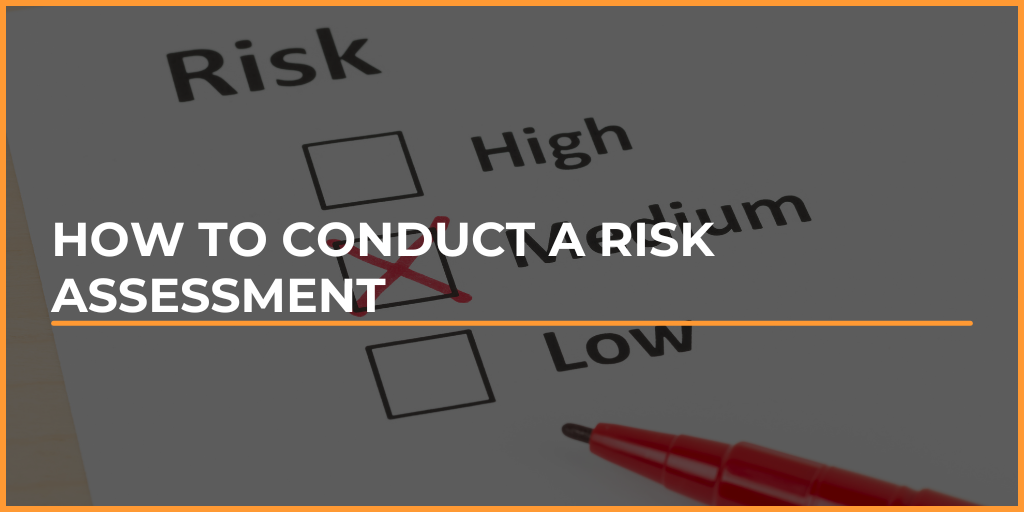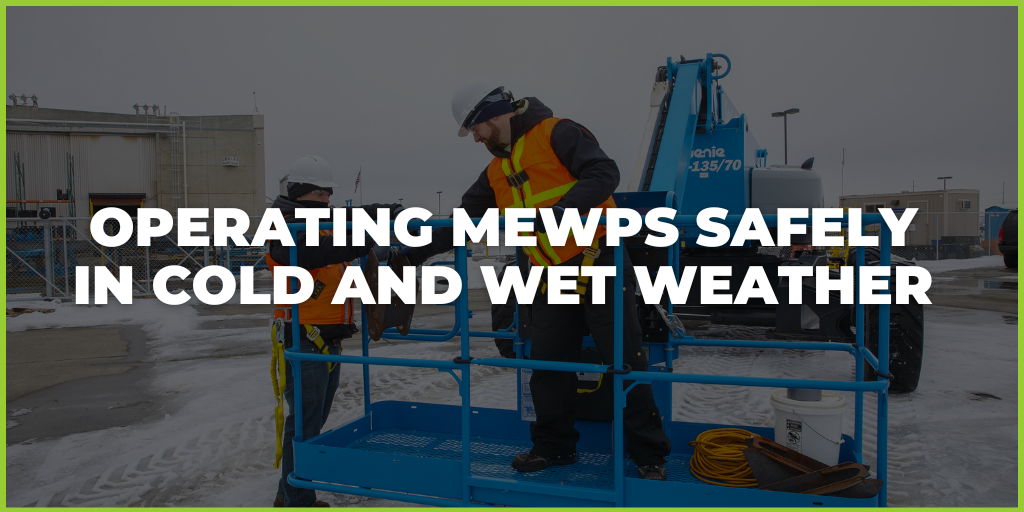In our previous blog post, we discussed the importance of a risk assessment to maintain health and safety throughout the working environment. Risk assessments involve identifying, analysing, and controlling potential hazards and risks to reduce fatal and non-fatal accidents due to falls from height from mobile elevating work platforms such as cherry pickers and scissor lifts. Ensuring employee safety should be a top priority for all industries, and conducting a thorough risk assessment is essential. However, companies that fail to implement proper safety procedures can result in financial losses due to absenteeism, legal fines, and equipment damage.
To overcome these challenges there are steps that need to be considered to manage these risks.
Download your free > Work at Height Risk Assessment Template
First, you need to identify every possible hazard involved with a task or activity that may cause potential harm to people.
- Observe how employees are operating machines or using a ladder, ensuring that they are not overreaching.
- Walk around your workplace environment and note what equipment, materials, tools, setup conditions, and processes come to mind as a hazard on first observation.
- Talk to all employees about their opinion on whether they feel safe or unsafe about their or others' work practices, which could cause work-related stress.
- Check that all equipment is used correctly by reviewing the manufacturer's technical information and instructions.
- Review recent records of employee accidents and ill-health to identify if there is a common hazard that is less obvious, such as high levels of noise or exposure to harmful substances.
Types of hazards:
- Overreaching on a ladder, scaffold, or MEWP.
- Slips from spillages.
- Trips from stock on the ground.
- A faulty step on a ladder.
- Filling shelves at height
- Overloading equipment by exceeding its maximum weight, could cause the equipment to collapse.
Step 2: Decide who could potentially be harmed.
Determining which individuals or groups may be the most vulnerable to possible harm is necessary. This can be achieved by categorising groups based on their roles or locations, such as people working in the warehouse. Individuals, including visitors, cleaners and maintenance workers that do not have a permanent presence on site, must also be considered. Their tasks should also be observed to see if their work will affect employees.
It is important to remember that some individuals, such as new and young workers and people with disabilities, may need additional requirements to control the hazards.
Examples of how individuals may be harmed:
- Employees overreaching from a ladder or step ladder. Using an incorrect piece of equipment can increase the risk of a fall.
- Employees could be injured by slipping on wet surfaces and impacting the hard ground.
- Engineers may suffer from fractures by tripping over objects that have not been stored away correctly.
- Workers could fall through a ladder, causing them to drop their tools.
- Workers filling shelves at height risk developing back pain.
- If the equipment were to tilt, there is a risk of the operator falling from the platform and those on the ground being hit by debris caused by the equipment potentially crashing into a building or other equipment.
Step 3: Evaluate the risks.
Once you have identified any potential hazards, it is crucial to take action to control them.
What must you consider?
- Think about what controls you have in place that currently meet legal requirements and industry standards.
- Can the hazards be eliminated entirely if other safety measures can be implemented.
- If hazards cannot be eliminated, is there a plan that can be developed to minimise the likelihood of the risks causing harm.
To effectively manage risks, it is recommended to do the following:
- Try a less risky option, such as switching a hazardous substance to using a less hazardous substance.
- Prevent employees from going near the hazard by implementing engineering controls, e.g., by using guarding on equipment or machinery.
- Organise work to reduce exposing the employee to the hazard, for example putting barriers between working at height equipment and workers.
- Provide personal protective equipment (PPE), where necessary.
Step 4: Record your findings and implement them.
After assessing the risks and taking necessary precautions, it is recommended to record the results of your risk assessment in a clear and simple manner. This will help employees understand the risks involved.
What should be shown in your risk assessment record:
- Accurate checks were made.
- That individuals that could be harmed are considered.
- All significant hazards have been dealt with, and all people that could be involved are considered.
- The precautions made have been reasonable, and the remaining risk is low.
- All staff and representatives have been involved in the process.
A good plan of action that can help support your improvements starts with the most important things and often includes a mixture of different things, such as:
- Affordable and easy improvements that can be implemented quickly, possibly as a temporary fix until more reliable controls are established.
- Long-term solutions to minimise risks more likely to cause non-fatal and fatal accidents.
- Training for employees to educate them about the primary risks and their control measures.
- Regular checks to make sure that the control measures stay in place.
- Making everyone aware of their responsibilities on who will be leading what actions and by when.
Step 5: Review your risk assessment.
It is important to continually review the controls you have put in place on an ongoing basis to ensure that they are still effective and that your risk assessment is up to date. You should also review them when there are changes in the workplace, such as changes to staff and processes that could lead to new risks, as well as new equipment, substances and procedures that could be potentially hazardous.
Additionally, it is advisable to conduct a review if your workers have reported any problems or if there have been any accidents or near misses. The organisation can identify any areas for improvement.
As a business owner, it is advisable to conduct regular reviews of your risk assessment to avoid any unexpected issues. To ensure this, we advise that you schedule a date in advance as an annual event and prepare for any upcoming business alterations. If there are any significant changes throughout the year, don't hesitate to check and amend your assessment.
Calculating the likelihood of a risk occurring.
The probability of a particular hazardous event taking place can be assessed by evaluating qualitative and quantitative data, such as the likelihood or frequency of its occurrence within a specific timeframe. This evaluation can be given a rating on a scale of 1 to 5.
1 = very unlikely
2 = unlikely
3 =Fairly Likely
4 = Likely
5 = Very likely.
Calculating the consequence of a hazardous event occurring can also be given a rating based on quantitative and qualitative data.
1 = Insignificant (no injury)
2 = Minor (minor injuries which needs first aid assistance)
3 = moderate (an injury that causes up to three days absence
4 = Major (an injury that causes more than seven days absence)
5 = Catastrophic (Leads to a fatality).
Once you recognise the level of the risks your business is exposed to, you can prioritise the risks based on their significance and urgency and mitigate them so that your business is protected against financial, reputational, and legal losses.
Conclusion
If you need assistance with your risk assessment, we can help. Our team provides a comprehensive Work at Height site survey and risk assessment to help you identify and minimise potential risks through appropriate equipment, safety measures, and training. After completing the survey, we will provide you with a report detailing our compliance recommendations and a cost breakdown for the suggested solution. Additionally, we can help you with customised solutions for the most challenging height safety issues.
Download your free > Work at Height Risk Assessment Template to ensure you have taken account of the risks, planned and identified the precautions required to ensure you are safe and compliant when working at height.





